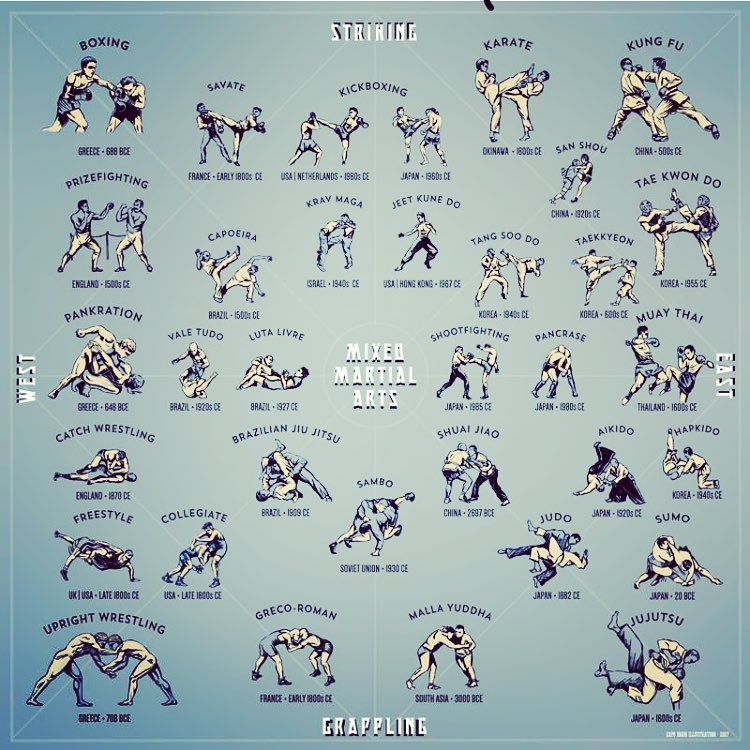The Growth And Historic Context Of Martial Arts Worldwide
The Growth And Historic Context Of Martial Arts Worldwide
Blog Article
Created By-Hess Odonnell
Martial arts have an interesting history that covers centuries and continents. You might find it intriguing just how ancient techniques like Shuai Jiao and Kalaripayattu prepared for modern-day combat methods. martial arts training in india emphasize physical abilities but additionally show the societies that birthed them. As you discover their development, take into consideration exactly how globalization has actually changed these standard types into hybrid styles. What impacts do you assume have shaped today's martial arts landscape?
Ancient Martial arts: The Foundations of Battle
As you explore the world of old martial arts, you'll uncover the rich structures that shaped fight techniques across cultures. Very early methods concentrated on Self-Defense and survival, frequently including strikes, grappling, and weapons.
In old China, for instance, strategies like Shuai Jiao emphasized tosses and joint locks, while India's Kalaripayattu showcased dexterity and liquid movement. Japanese samurai established Kenjutsu, a refined swordsmanship that highlighted technique and technique.
These martial arts served not just for battle but additionally as a means of personal development, instilling values like regard and determination. The mixing of these techniques in time prepared for the diverse martial arts you see today, each showing the one-of-a-kind ideologies and demands of its culture.
The Cultural Impact on Martial Arts Advancement
While martial arts commonly show the practical needs of a society, they also embody the cultural worths and ideas of their origins. When you discover various martial arts, you'll notice how they're affected by faith, viewpoint, and social norms.
For example, the focus on regard and self-control in Japanese martial arts stems from Zen Buddhism and samurai culture. In contrast, Brazilian Jiu-Jitsu advertises adaptability and strategy, shaped by the requirement for efficiency in a diverse, modern setting.
You might discover that the rituals, uniforms, and training methods show a community's background and identification. By comprehending these social impacts, you deepen your gratitude of martial arts and their function fit human experiences around the world.
Modern Adaptations and the Globalization of Martial arts
Martial arts have transformed substantially in current decades, adjusting to modern culture and global influences. You'll observe that conventional types have combined with modern-day methods, developing hybrid styles like mixed martial arts. These adaptations accommodate varied audiences, making martial arts obtainable and attractive around the world.
With the rise of social networks and electronic systems, you can locate tutorials and competitions from all corners of the world, breaking geographical barriers. This globalization has actually caused a shared recognition for numerous techniques, from Brazilian Jiu-Jitsu to Taekwondo.
As you involve with these arts, you'll recognize they're not practically battle; they advertise physical fitness, technique, and psychological health.
Ultimately, modern-day adaptations have actually improved the martial arts landscape, making it a dynamic and developing method.
Final thought
In discovering the history and evolution of martial arts, you reveal a fascinating blend of methods, societies, and philosophies. From old self-controls like Shuai Jiao and Kalaripayattu to the modern-day flexibility seen in MMA, martial arts mirror humanity's pursuit for Self-Defense and individual development. As https://best-martial-arts-for-big11087.dreamyblogs.com/35922096/prepare-to-spark-your-interest-for-martial-arts-as-a-newbie-at-an-academy-opening-a-world-of-new-skills-and-self-discovery involve with these practices, you not just obtain skills however also a deeper recognition for the varied traditions that form our world today. So, continue your trip and embrace the art of combat!
